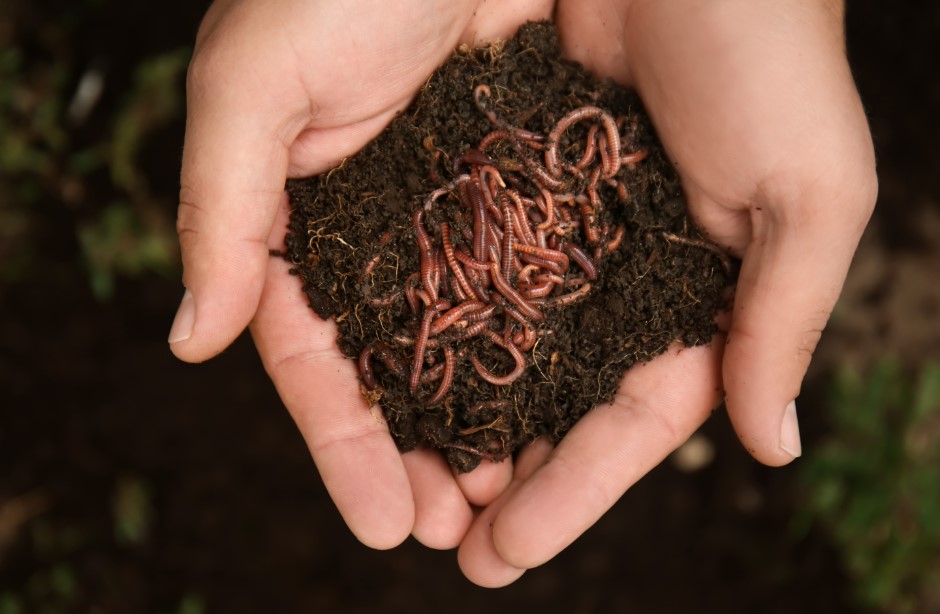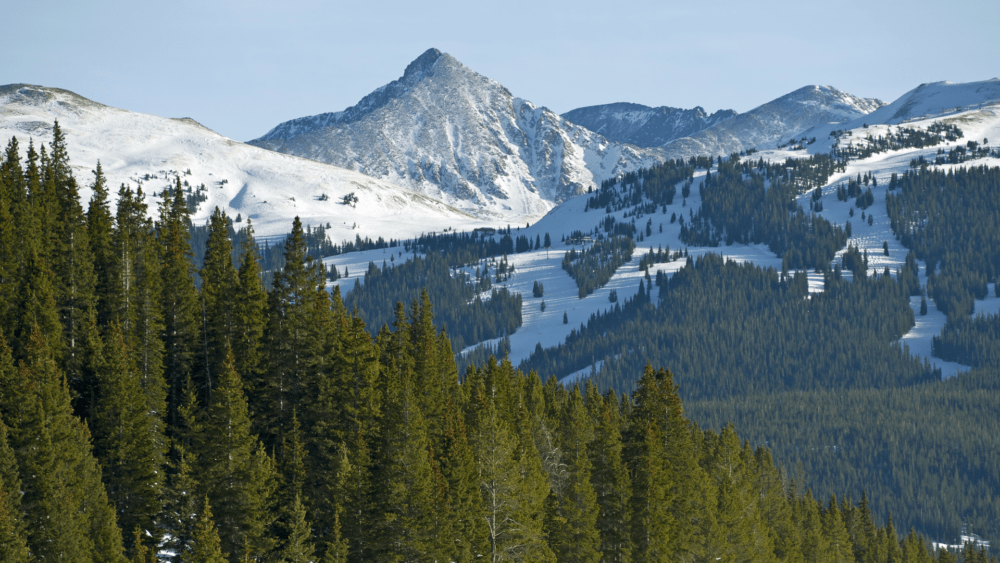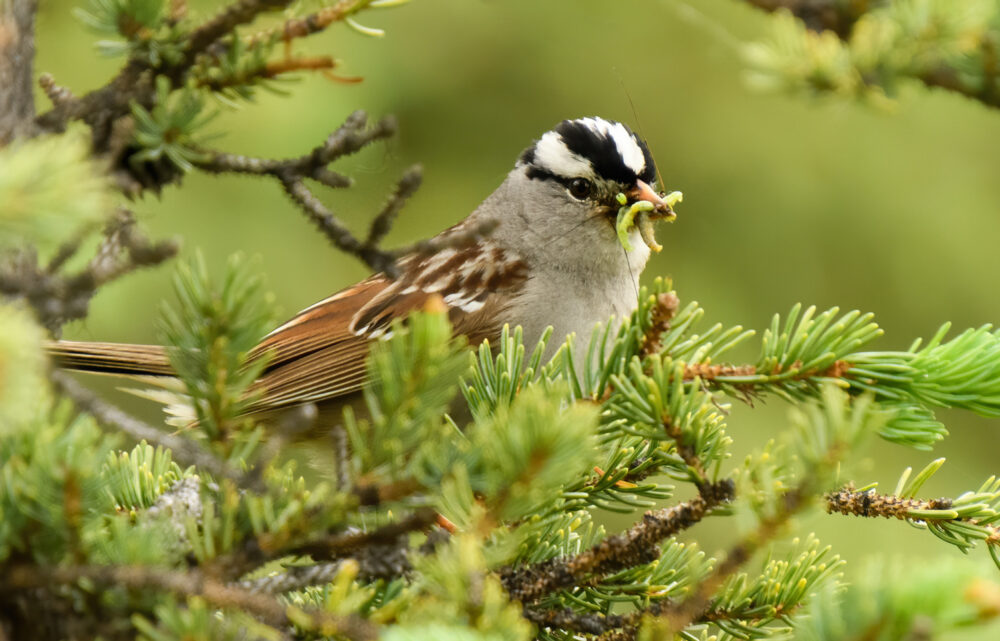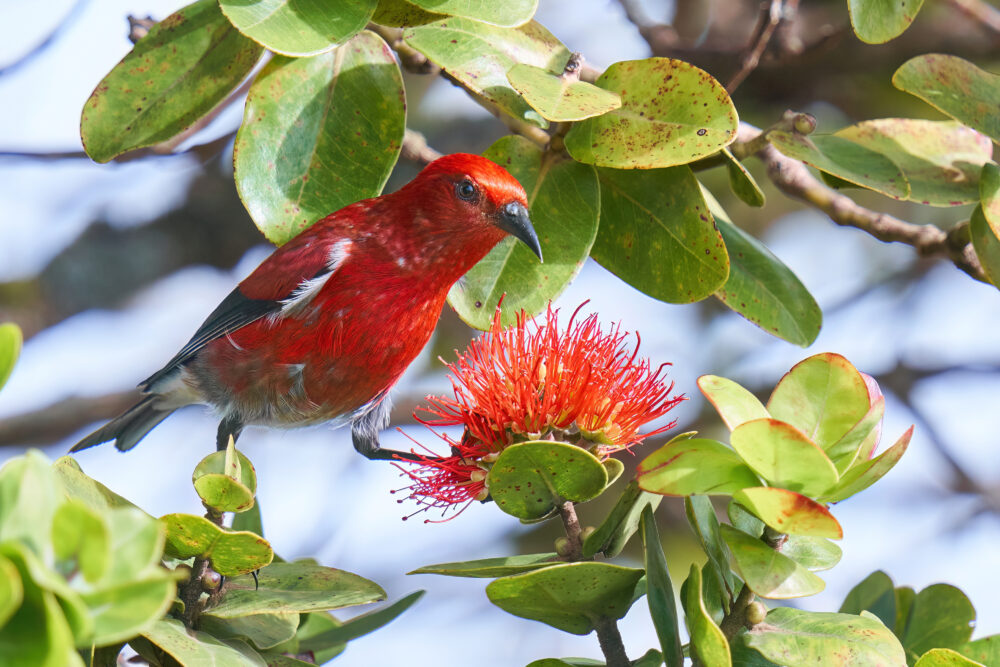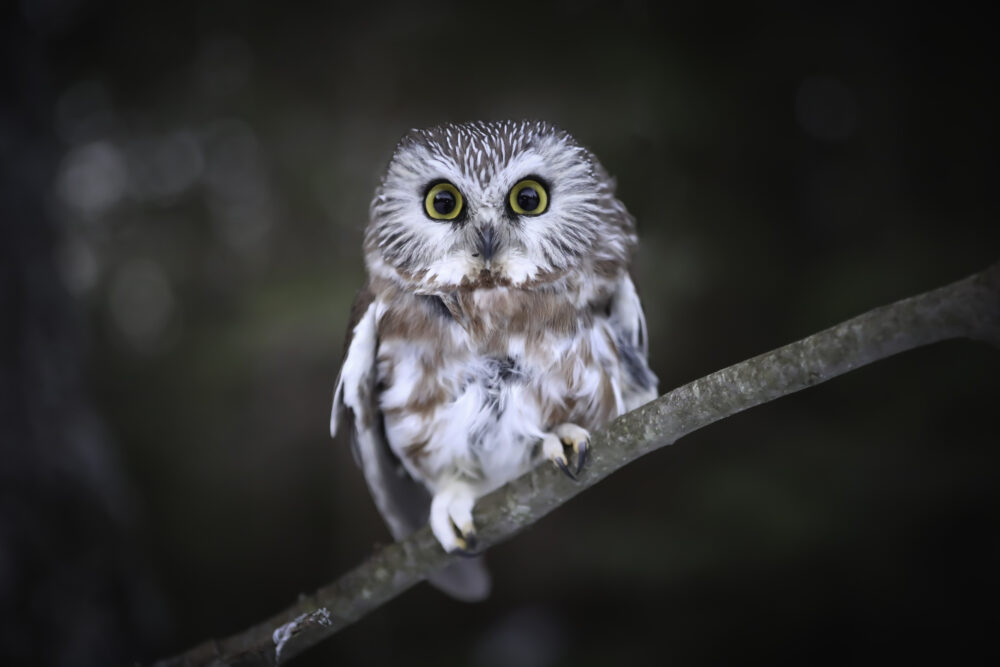We have much more to do and your continued support is needed now more than ever.
Young Turtle Turned Red By BP Oil Spill
I hitched a ride out of the Mississippi River Delta town of Venice, LA yesterday with a local fishing boat captain concerned about the BP Oil Spill’s impact on wildlife.
We found a ribbon of oil turned a rusty red by the oxidizing iron it contains. While the oil ribbon wasn’t much more than 10 yards wide, we came upon it straight south of the mouth of the Mississippi River — a full 62 miles west of the Deepwater Horizon oil rig disaster site. The oil hung well below the surface as chemical “dispersants” worked to sink it.
Our captain spotted a young sea turtle struggling to climb aboard a piece of oily driftwood, not far from where National Wildlife Federation staffers had spotted a sea turtle in oil the day before. The little turtle was coated with the rusty red oil, appearing exhausted from its desperate effort to lift itself out of the oil:
The captain believed it was an endangered hawksbill sea turtle. He hesitated for a moment, but when he saw the turtle wasn’t diving away from the boat as it usually would, he made the split-second decision to try to help the turtle.
Using a small net scoop, he lifted the turtle out of the oil and put it in fresh seawater in the boat’s hold. The red tint quickly washed off, returning the turtle to its usual green color. After only a brief rest, the turtle perked right up & began swimming around the small tank.
The captain motored about two miles away from the oil, then lifted the turtle out of the hold. It flapped its front flippers energetically, like, “THIS IS HOW I USE ‘EM! LET’S DO THIS!”
The captain gently placed the turtle in the water. Where only minutes earlier the turtle was so lethargic we caught it by hand, the turtle now swam off like a little bottle rocket, within seconds disappearing out of sight into the deep blue sea.
 Help ensure NWF has the funding needed to be on the front lines helping wildlife >>
Help ensure NWF has the funding needed to be on the front lines helping wildlife >>
For all the latest news on how the oil spill is impacting the Gulf Coast’s wildlife and to learn how you can help, visit www.nwf.org/oilspill.
















